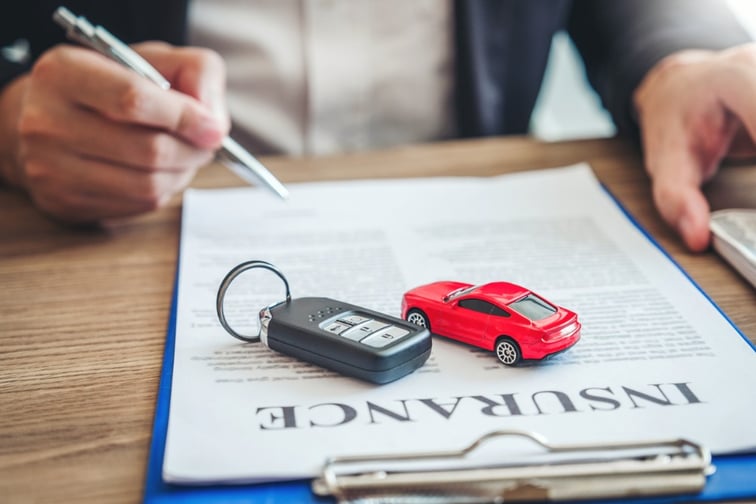

Underwriting losses in US commercial auto insurance spiked to $3.3 billion in 2022 after nearly breaking even in 2021, according to a new report from AM Best.
Commercial auto has been one of the property-casualty sector’s worst-performing lines of business since 2012, according to AM Best, generating a higher combined ratio each year than the broader P&C industry.
However, in 2021 commercial auto’s combined ratio was under 100 for the first time in more than a decade – due in part to fewer cars being on the roads thanks to the COVID-19 pandemic. Despite the improvement, AM Best reported that “long-standing headwinds for commercial auto insurers, including social and economic inflation, remain relevant and impactful.”
“The liability component has been more problematic than the physical damage component, which is no surprise since adverse loss reserve development, driven by social inflation, tends to be a bigger issue for liability claims, which generally have a longer tail than property damage claims,” said Christopher Graham, senior industry analyst for industry research and analytics at AM Best. “Even with that, though, the physical damage combined ratio is deteriorating.”
The report found that although commercial auto pricing has risen consistently over the past decade, the price increases haven’t kept pace with inflation. And with adverse development on prior year losses causing the combined ratio to rise even more – to 105.4 in 2022 – inflation has spurred worse calendar-year results, AM Best said.
“Early results for 2023 show continued deterioration for the commercial auto line, indicating that headwinds are persisting and strengthening,” Graham said.
Commercial auto insurers are also facing issues due to a shortage of licensed commercial drivers. This shortage is forcing companies to depend on inexperienced drivers, which could lead to more accidents. AM Best warned that this is likely to be a long-term issue.
“Drivers are retiring faster than they can be replaced, which not only adds to the shortage but also shortens the time needed to train new drivers,” said David Blades, associate director of Industry Research and Analytics at AM Best. “Inexperienced drivers could be prone to more accidents, which could worsen accident frequency trends.”
Progressive maintained its spot as the sector’s market leader. While the overall line of business has suffered, Progressive has maintained a combined ratio of 90.5 or better for each of the past five years, AM Best reported.
A recent report by J.D. Power found that customer satisfaction with US auto insurers has plummeted to record lows. J.D. Power also recently reported that more auto insurance customers were shopping around for better deals.
Have something to say about this story? Let us know in the comments below.
